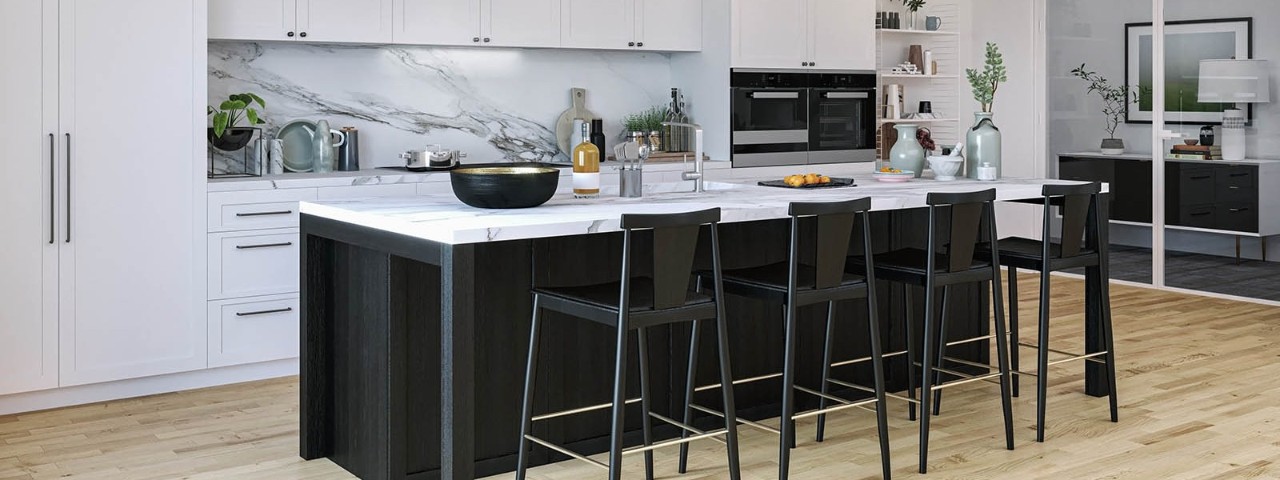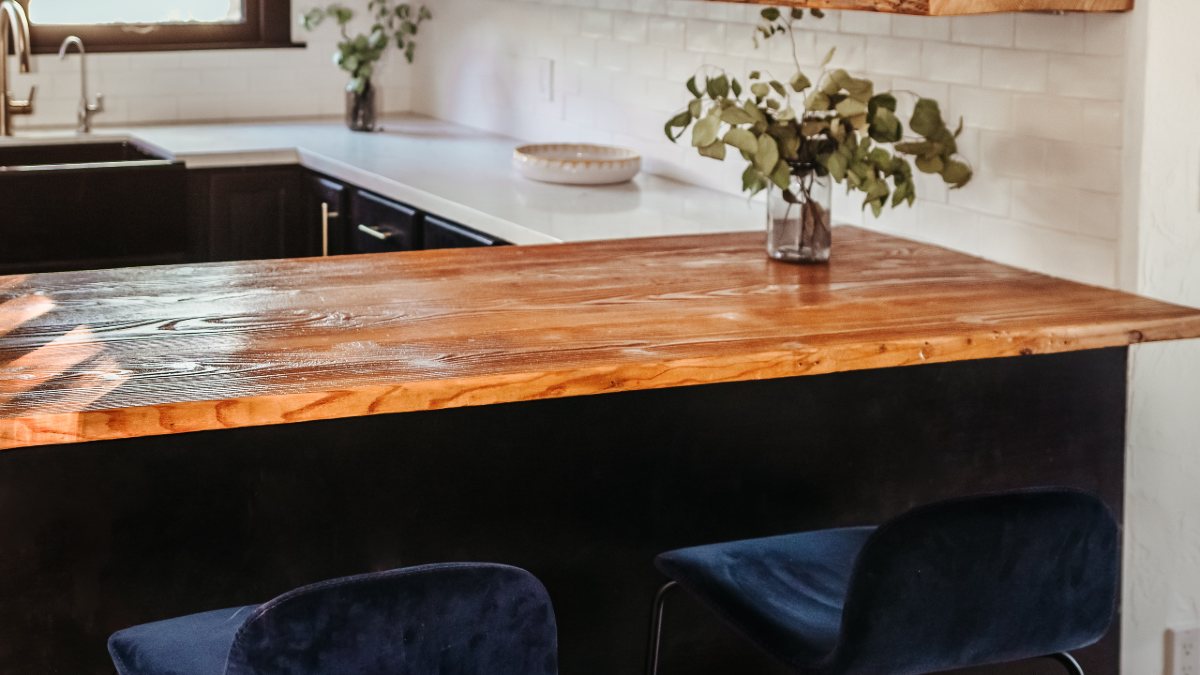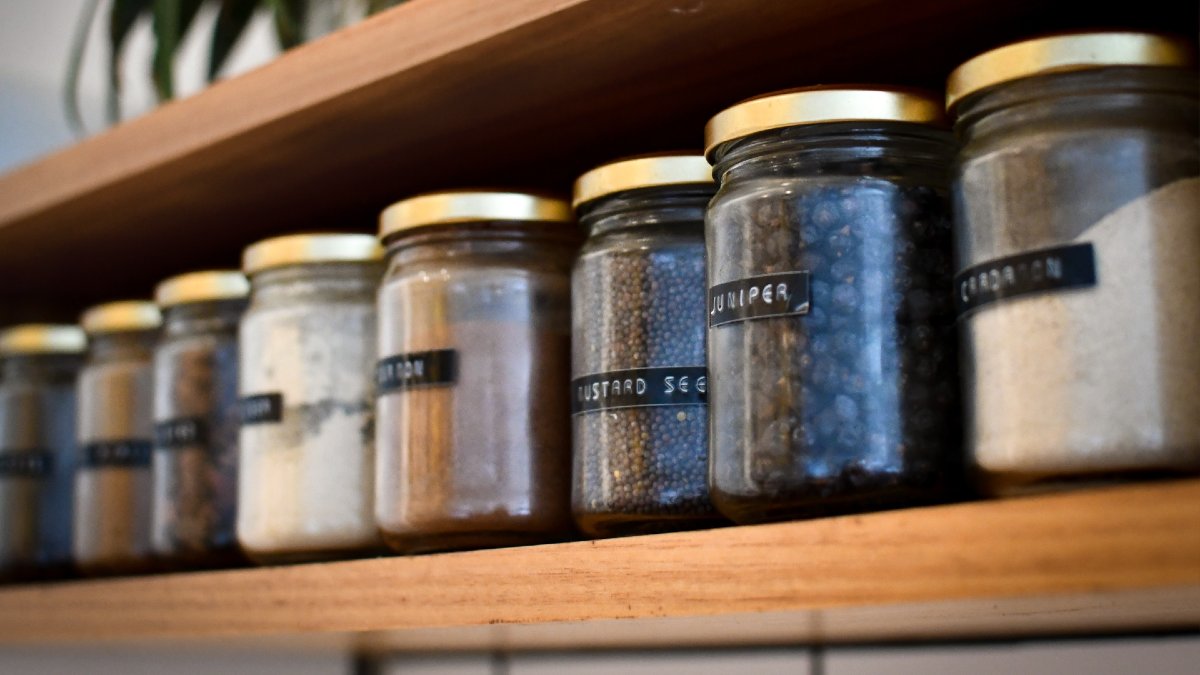Australians have fallen in love with air fryers. Discover how they work, their energy efficiency, what to avoid and which type is best for you.
Nine sustainable kitchen renovation ideas

Renovate your kitchen sustainably with these budget-friendly ideas.
The kitchen is one of the most popular rooms in the home to renovate, and taking a sustainable approach has more positive spin-offs than you might think.
It can benefit your lifestyle, health, hip pocket and also lighten your environmental footprint.
According to Amy Hallett, co-director of architecture firm Topology Studio, the focus should be on buying less but buying better quality to reduce the need for replacing things in a few years’ time.
“Also think about key areas where you can recycle or reuse and inevitably it will result in a better-functioning kitchen,” Amy says.
Here are a few budget-friendly sustainable renovating ideas to consider.
Nine ways to renovate your kitchen, sustainably, on a budget

Amy’s top picks for benchtops are natural stone and timber. Photo: Unsplash

Sustainable patry storage. Photo: Unsplash


